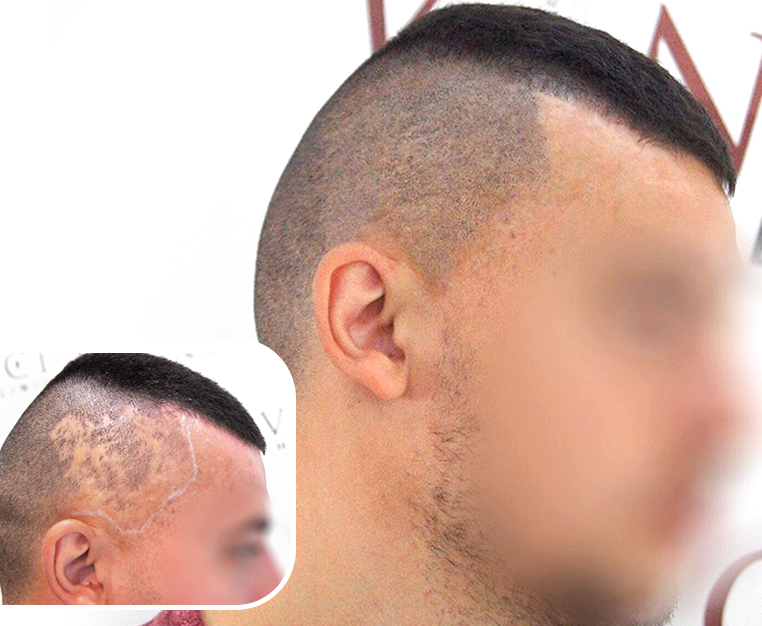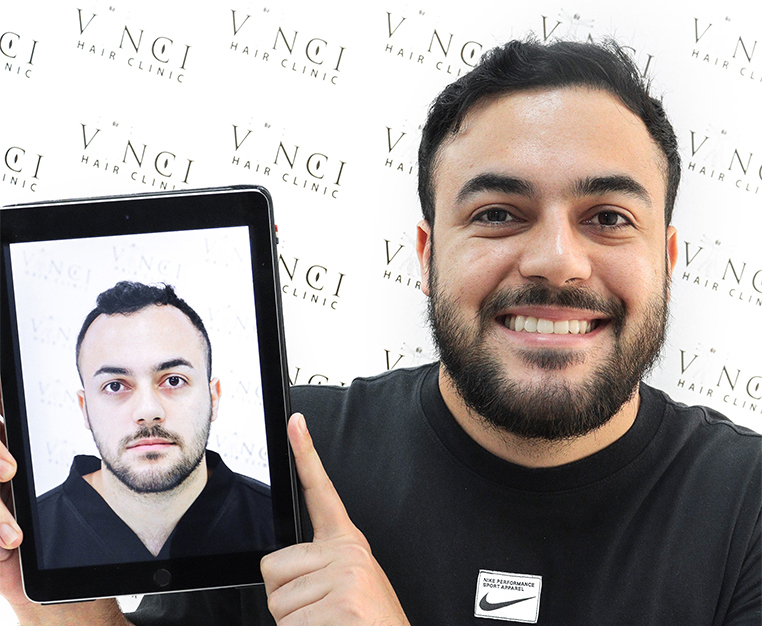We all have that one day where nothing seems to be going right with our hair. No style matches our mood, and it’s just literally a bad hair day. From uncontrollable frizz and flyaways to an untamable mane and fuzzy ends, why does this happen? Is it only in our heads or is there some science behind all this? This article briefly explores the science behind the whole idea of a bad hair day and what you can do about it. Each individual’s bad hair day is different due to the different hair types. But, this article will have an answer for you, no matter your hair type.
Typical Causes Of A Bad Hair Day
Only a small percentage of people can lay claim to having a good hair day every day. So why is a good hair day as elusive as the pot of gold at the end of the rainbow? Here are the most common causes of unruly hair and what follows after are a few tips to take charge of your hair.
Using The Wrong Shampoo
Washing with the wrong shampoo for your hair type is like the capital offence for hair care. Step number one to picking the right shampoo is to know your hair type. If you have dry or oily, you will need an appropriate shampoo. There are repair and protect shampoos out there which are rich in nutrients and are a failsafe option if you don’t know your hair type. This type of shampoo helps repair damage to hair fibres while cleansing and protecting your hair.
Having Hot Showers
A hot shower may be the perfect way to start your day on a freezing morning, but that’s just asking for trouble when it comes to your hair. The optimum temperature for washing your hair is about 38 degrees celsius and anything above that will likely cause frizz and stress out your strands. Turning your shower colder when conditioning your hair helps to lock in nutrients and seal in moisture.
To Mask Or Not To Mask?
Inadequate masking will result in more bad hair days than good ones. Help your hair recover by performing a deep mask at least once a week. Masking helps to moisturise, condition and nourish your hair as well as treating the roots.
Getting Greasy Roots?
Greasy roots are often an indication of a build-up of oils on your scalp. Your hair scalp secretes natural oils known as sebum, which give your hair the natural shine. Some people produce more natural oil than others, and the oil tends to build upon the scalp and hair. If you’re experiencing this problem, choose a shampoo that will cleanse the impurities off your scalp and simultaneously treat your hair.
Dealing With Stress
Stress in your body does make its presence known in your hair. If you pay attention to your scalp, you may notice that your hair lacks lustre and is dull when you feel stressed. A flare-up of dandruff may often accompany the dullness in your hair too. As the saying goes, happy scalp happy hair, you could opt for a scalp massage when feeling particularly stressed. Destressing with exercise, a brisk or mindful walk in nature and even herbal tea often helps. Learning breathing techniques by taking up yoga will not only lead to a fitter, stronger body but healthy hair as well.
Dehydration And Dry Hair
When you do not drink enough water, cells in your body become dehydrated, and so does your hair. You will do more good for your hair by ensuring you keep your body hydration levels up than by finding the perfect shampoo or conditioner. After all, your body is 80% water, so make sure you keep drinking throughout the day.
Over-styling And Chemical Treatments
Split ends, dryness and neverending frizz are some of the most typical symptoms that your hair is feeling styling fatigue. It’s advisable to limit the number of times you colour your hair because the bleaching agents in some hair dye products are devastating to your strands. Additionally, use heat protection sprays when heat-styling and use the lowest setting possible. All in all, if you can avoid heat and chemical styling your hair, by all means, do. However, if you must, make sure you use rescue shampoo and conditioners and give your hair a chance to recover between treatments.
Here’s To A Good Hair Day
Now that you know some of the reasons why you’re experiencing more bad hair days than good, we hope you’re ready to do the work to restore the balance. Choosing the right shampoo and conditioner duo for your hair is the first step. Next, make sure you’re masking at least once a week, drink enough water daily, deal with stress before it breaks you and avoid over-styling or dyeing your hair. There you have it, the secrets to a good hair day every day revealed. Now it’s up to you to put them into practice.



